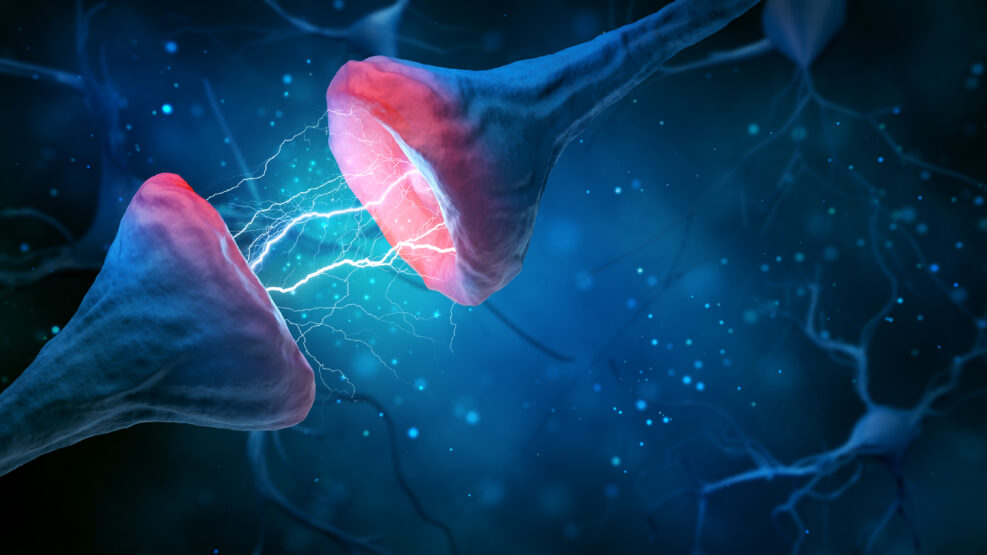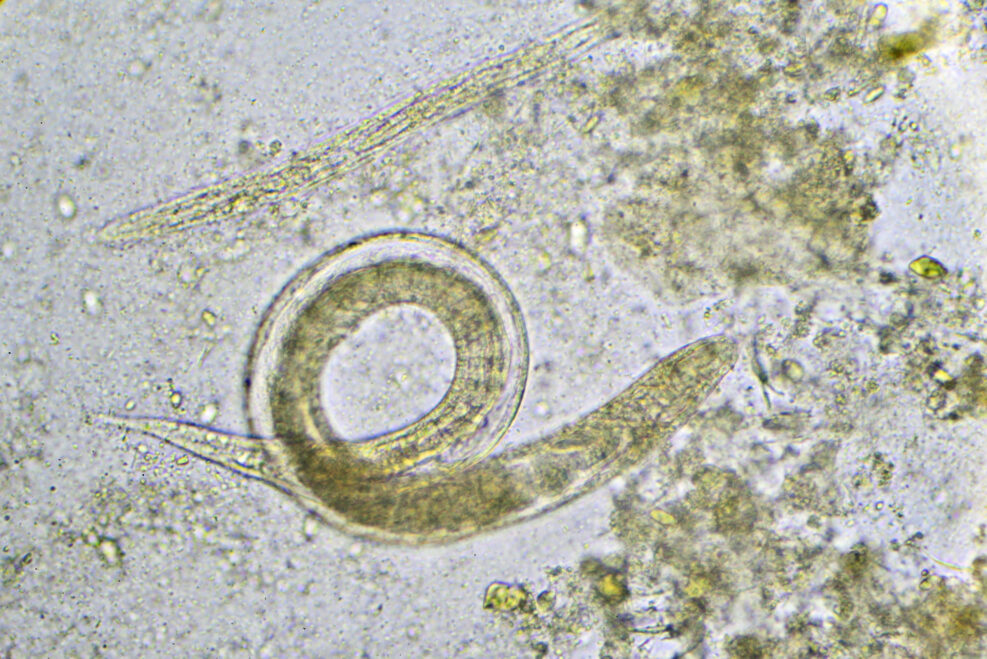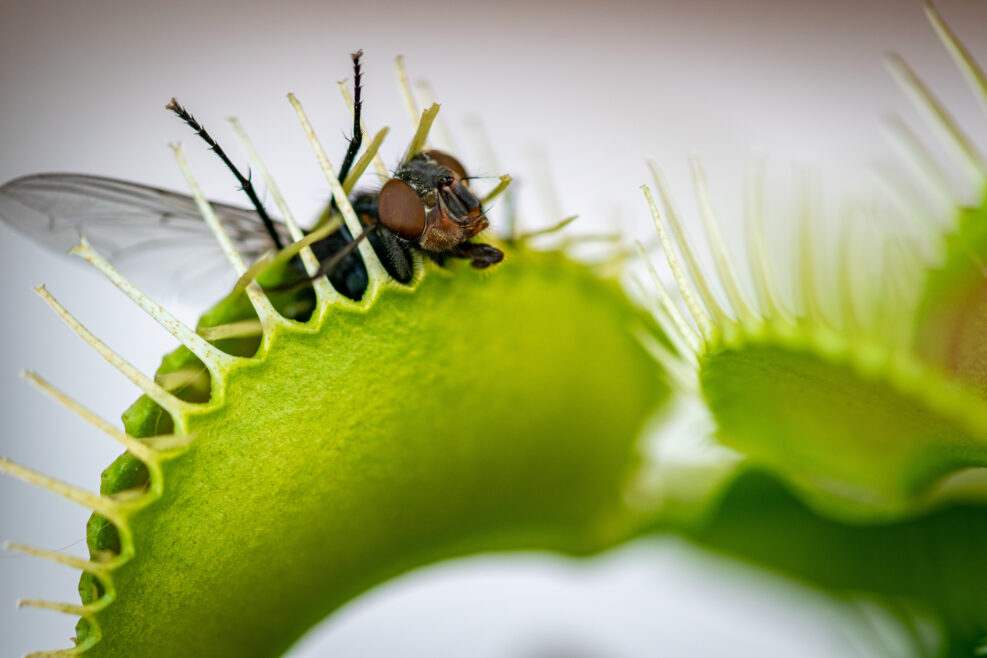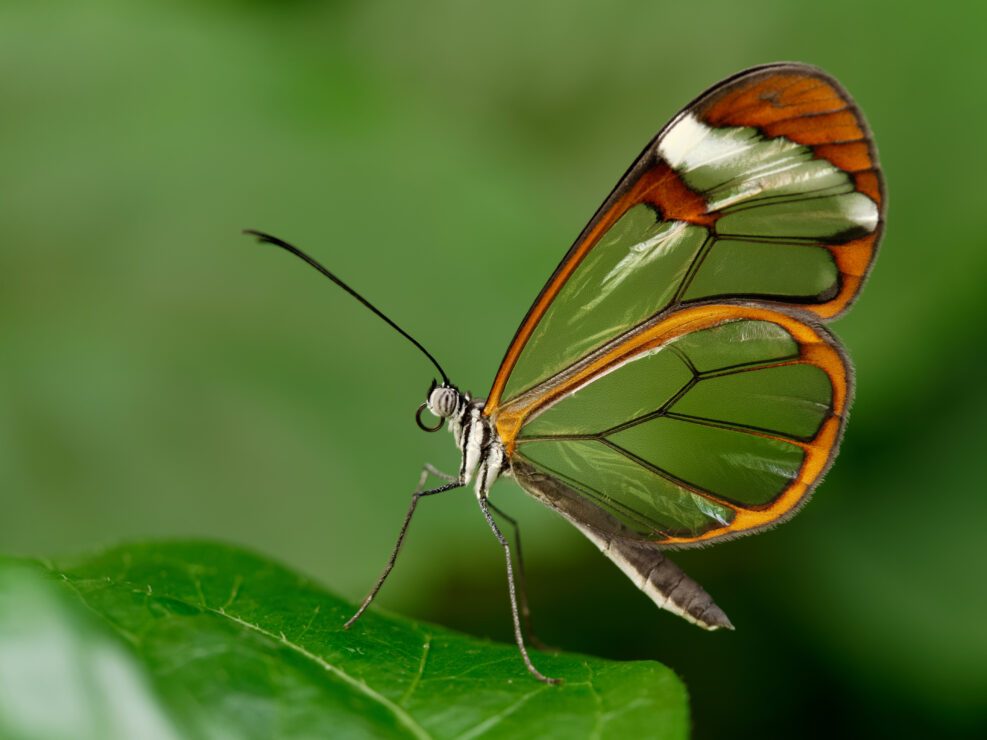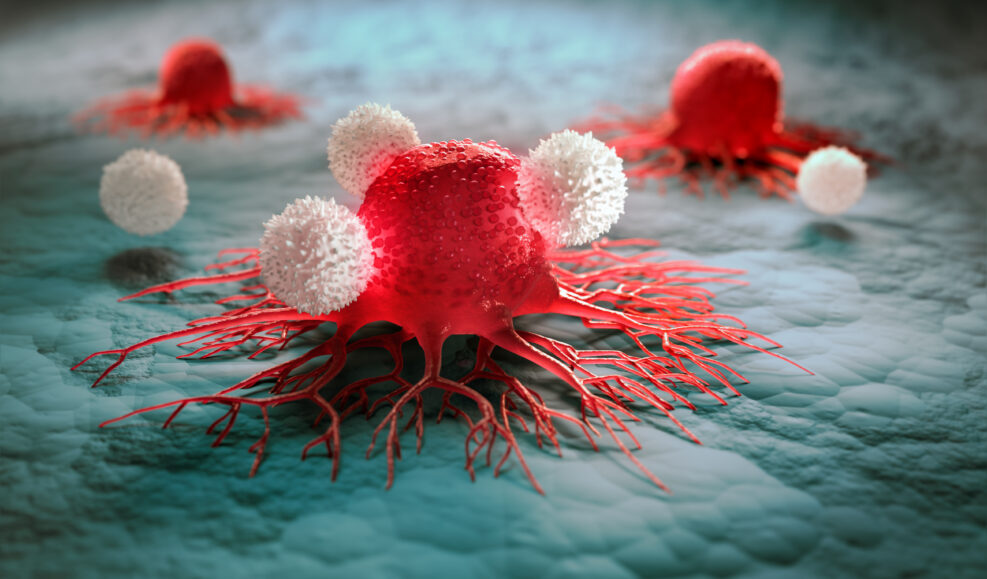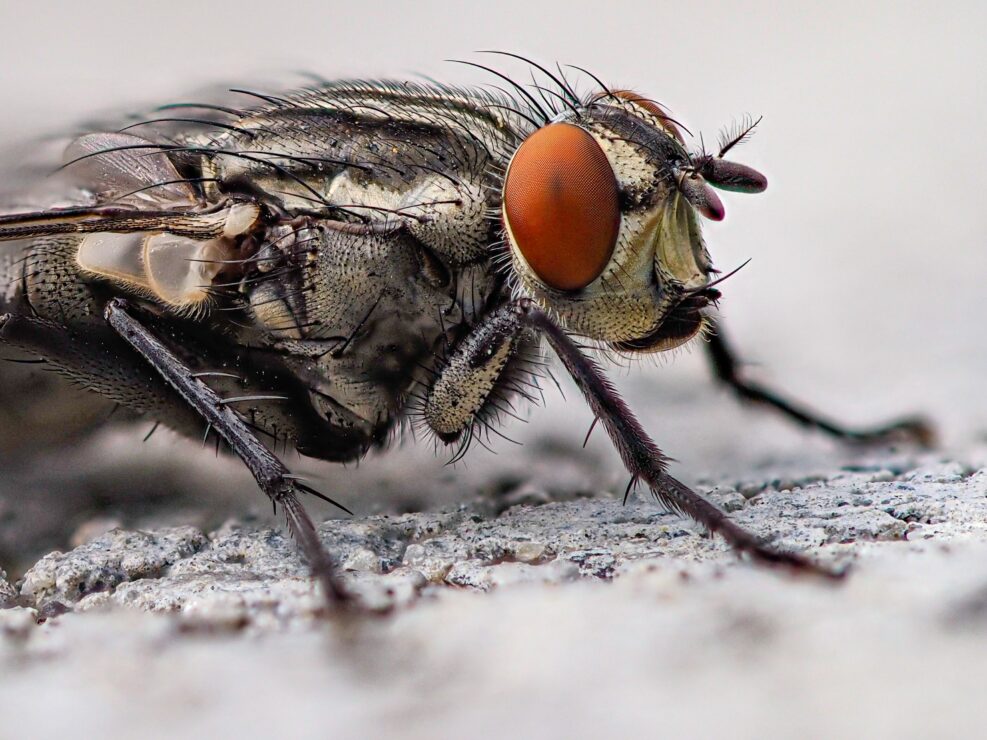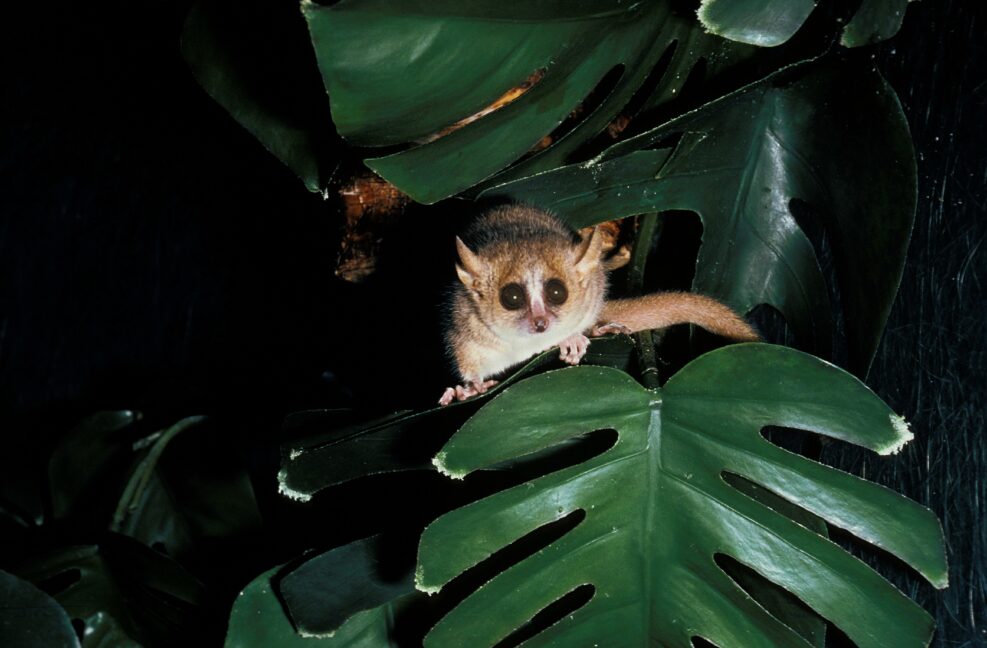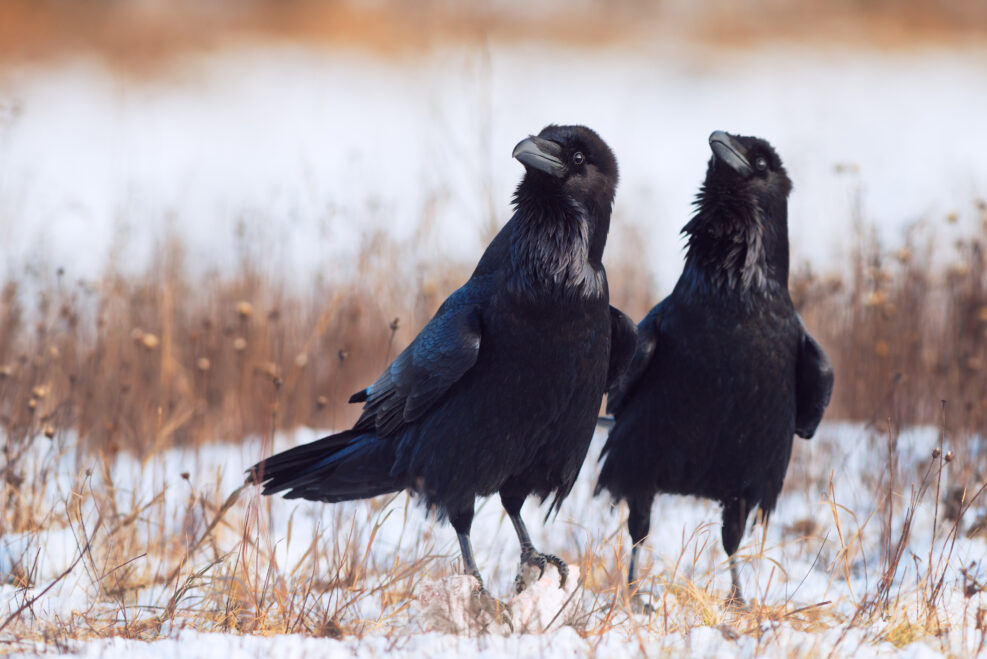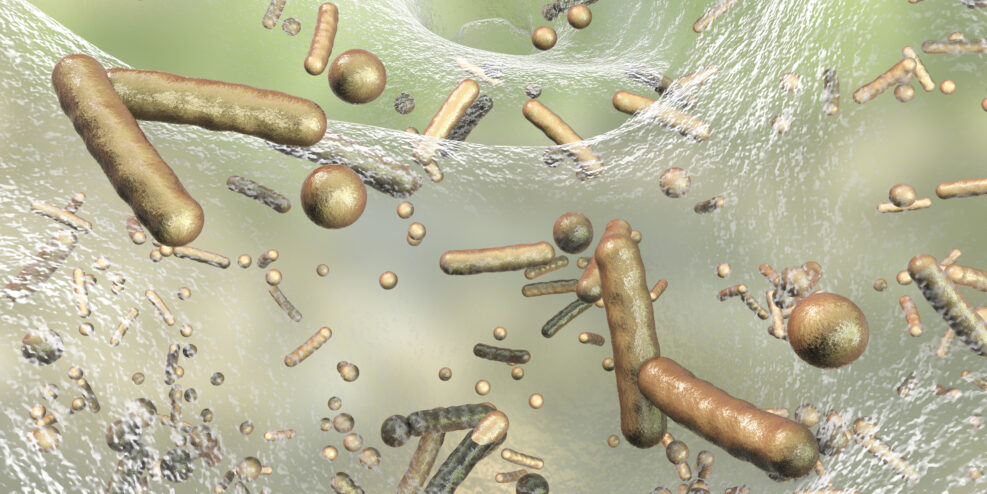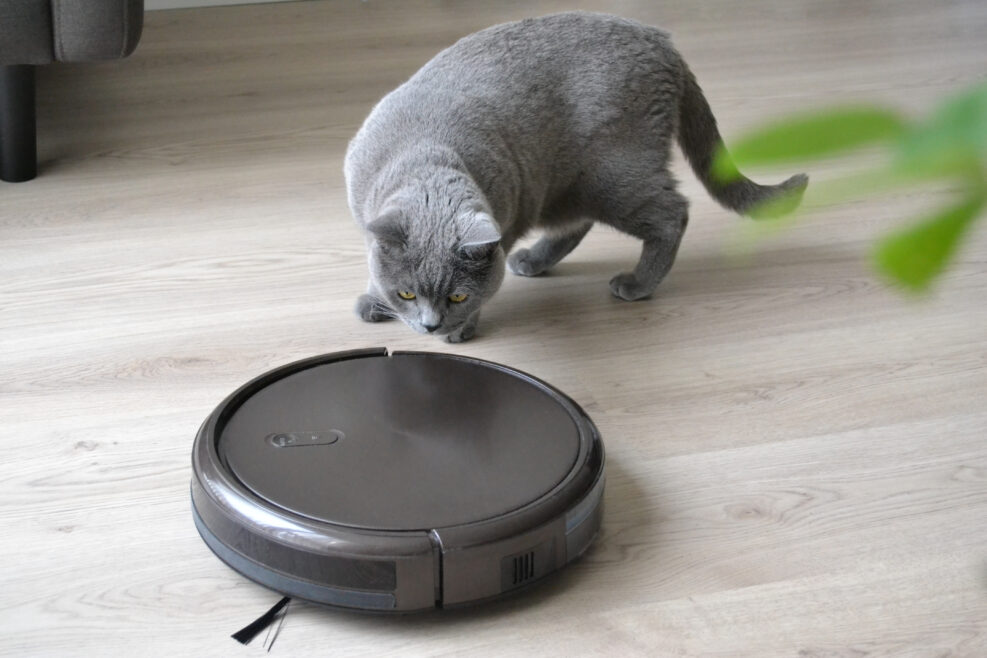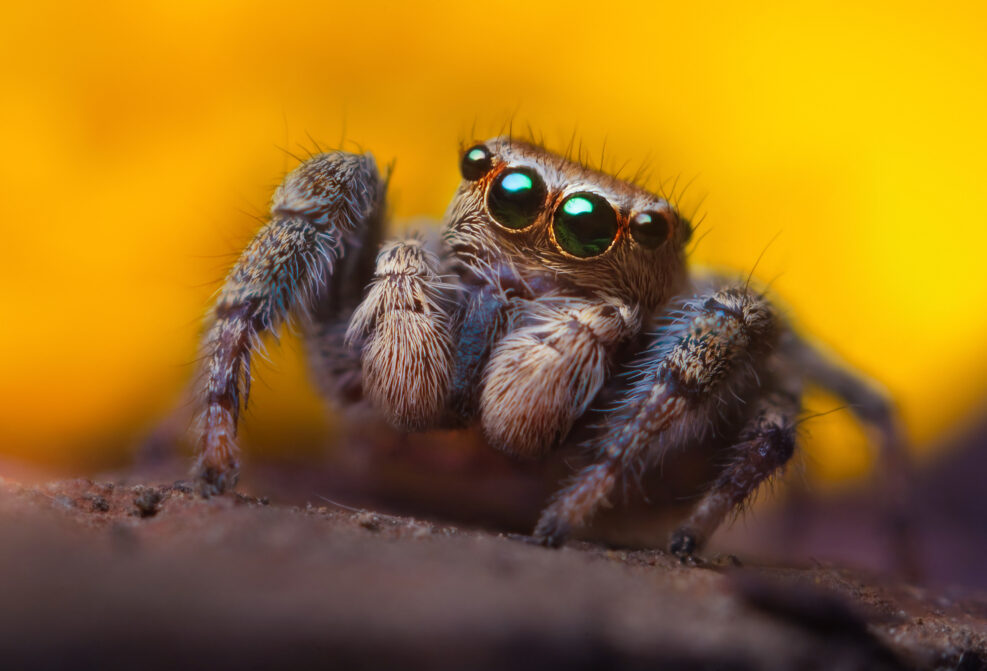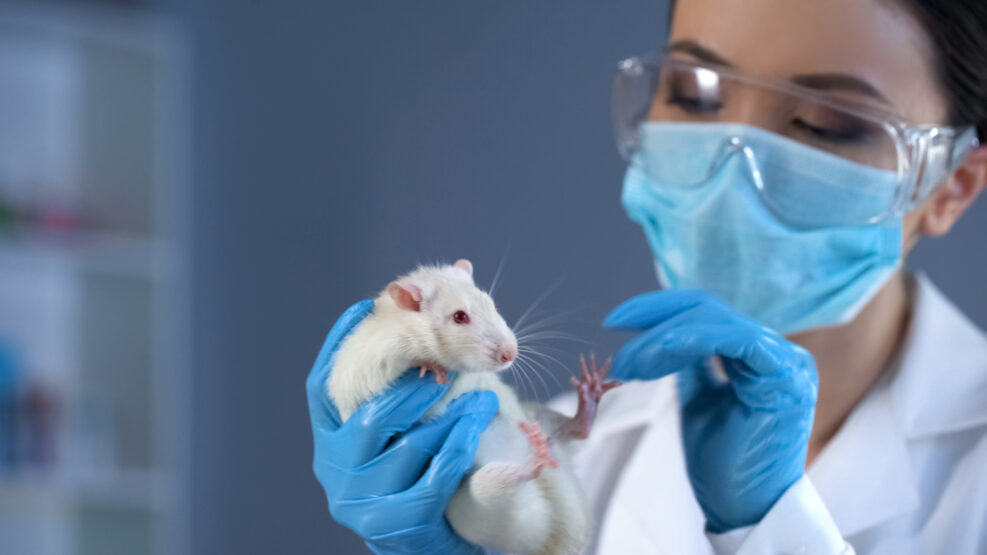
An Old Rat With No Brain Raises Some Very Interesting Questions
The researchers had no idea how strange their lab rat was until, in a routine procedure, they scanned its headYes, R222 was only a rat. A rat that turned out to have no brain. But here’s the thing: R222 had lived a normal life as a lab rat for two whole years. According to rat specialists, that’s like 70 human years. Researchers were, to say the least, puzzled. The story begins with a scientist scanning the brains of “very old” lab rats as part of a study on aging. Except that subject R222, otherwise a conventional rat, didn’t seem to have a brain. The brain cavity had collapsed and filled with fluid (hydrocephalus). We can see from the photo that where the control rat has brain, R222 has fluid: On further investigation, researchers found that all brain functions had Read More ›
